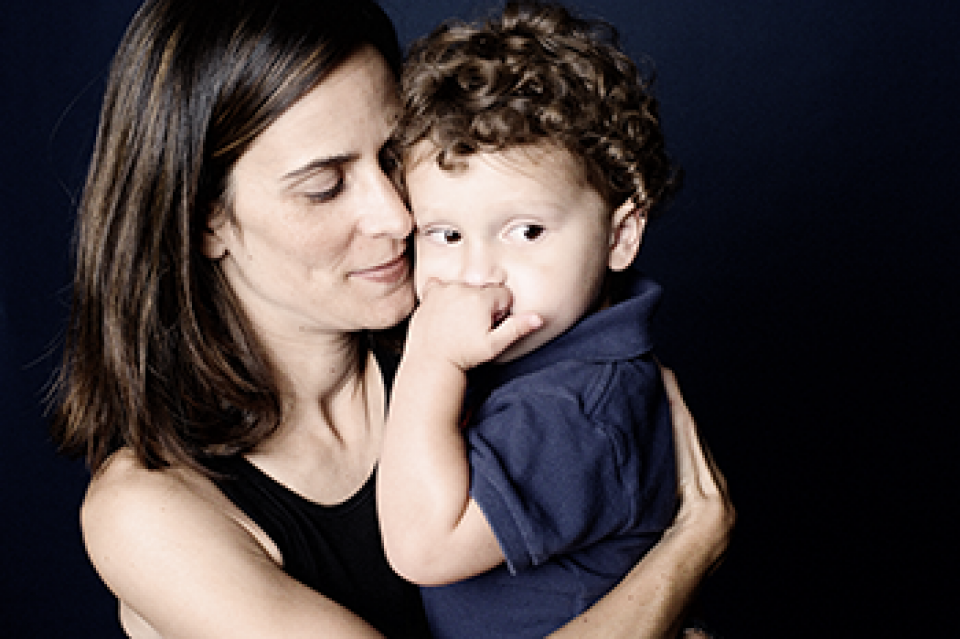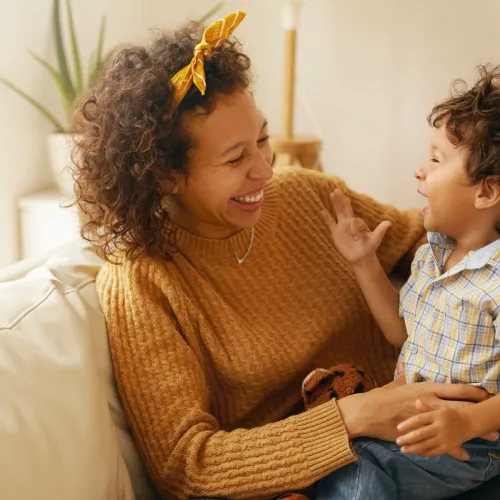3 Things You May Not Know About Parallel Parenting

Co-parenting communication can be tough
If you’ve ever struggled with your co-parenting communication after divorce, you know that there isn’t a one-size-fits-all solution. Differing histories, parenting strategies, children’s personalities and needs, all mean that no solution will be universal to every family that’s experienced a divorce or separation.
Some parents will find that altering the way that they communicate after their divorce is unnecessary for it to work for their new family structure. For others, their communication needs, and thus their strategies, will change extensively.
If your situation is more similar to the latter, you may already know that in order to make shared parenting work, you and your co-parent may have to make some big and serious adjustments to how you communicate.
Many parents who can no longer rely on traditional methods of communication due to conflict in their co-parenting find success with a parenting strategy known as ‘Parallel Parenting.’ This system allows parents to disengage from each other while still playing active roles in their children’s lives.
Conflict in co-parenting is an unfortunate reality for many divorced or separated parents, yet pursuing unique solutions that mitigate the effects of that conflict can feel like a big decision to make.
So if you’re thinking of pursuing parallel parenting but are unsure of if it could be the right fit for your situation, here are 3 things you may not have known about this unique solution.

It doesn’t have to be permanent
If your divorce was particularly contentious, co-parenting immediately after your separation may be too big an ask. In these situations, parallel parenting may be a good transition strategy to ease the way into co-parenting at a point further down the road, when emotions aren’t running quite so high.
Your children will also be at their most vulnerable immediately after your separation. Going the extra mile to ensure they’re not forced to cope with the added stress of co-parenting conflict will be of tremendous benefit.
Beginning parallel parenting can be intimidating as it does require some additional work. To keep it functioning smoothly, you’ll need a thoroughly fleshed out parenting plan.
That said, formulating a parenting agreement around parallel parenting could leave any person feeling overwhelmed, as if this is a permanent solution.
Remember that as you and your co-parent transition into a normal rhythm of parenting after divorce, you may be able to reassess whether certain aspects of your plan that are geared to support parallel parenting are still necessary at a later date.
Asynchronous communication mitigates conflict for a reason
Asynchronous communication allows parents to communicate at their own pace, without the immediate back and forth of a face-to-face conversation.
It can encompass any method through which messages are not being sent and replied to at the exact same time.
For example, a phone call would not be considered asynchronous, but an email message would. This method of makes up the bulk of communication in parallel parenting, as parents typically talk about their children exclusively through electronic means, such as with applications like OurFamilyWizard.
As opposed to phone calls or in-person conversations, asynchronous communication can be helpful for defusing conflict. When emotions are running high, the immediate responses demanded by real-time communication are counterproductive for reducing conflict. Parents are unable to take their time to craft responses that are separate from the strong emotions they may feel in the moment.
Asynchronous communication allows parents to take the time they need to control their communication more thoroughly.
Real-time reactions may not always be the most effective or appropriate. Instead of relying on your ability to control your emotions during a phone call or in-person conversation, parallel parenting and asynchronous communication give you and your co-parent a better opportunity to reply calmly, while still keeping communication timely.
Parallel parenting places the emphasis back on children
Conflict between co-parents is rarely done in service of children. And while many parents worry about the effect their divorce will have on their kids, it can still be difficult at times to squash conflict even though doing so is what’s best for the entire family.
Negative consequences of divorce and separation can be greatly mitigated if children continue to have positive relationships with each parent, however, and shielding them from conflict between co-parents is a necessary step for achieving that goal.
Parallel parenting may feel extreme, but it is an efficient solution for placing the focus back on your children’s health and happiness.
Instead of conflict defining communication, with parents’ energies continually consumed by daily damage control, parallel parenting frees co-parents from the power struggles that can distract them from connecting with their children.
Parents can, unfortunately, experience stigma when pursuing non-traditional forms of communication, encountering unhelpful remarks that view their communication as a failure to talk about their kids “like adults.”
Despite that stigma, parents who adopt systems like parallel parenting are going above and beyond to find solutions to conflict in their co-parenting.
Although parallel parenting may require additional effort, the time spent preparing for a conflict-free co-parenting relationship will be more than worth it. Parallel parenting won’t be the right fit for every family.
But if you and your co-parent are struggling with conflict after your divorce, it may just be the solution you need to raise your children in a happy and healthy environment.



